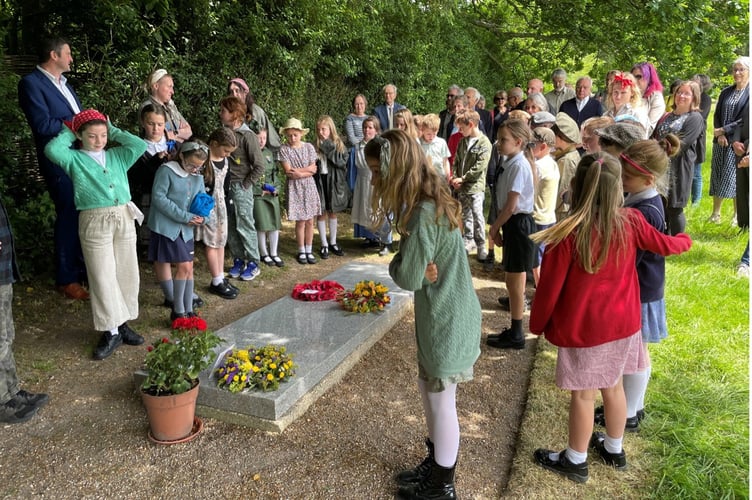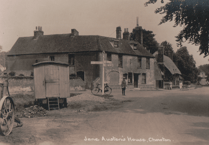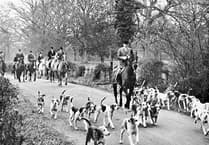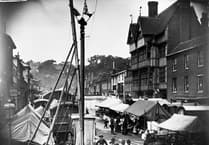There is renewed concern throughout Europe and elsewhere of the rise in popularity of some of the Nazi ideals once more - with neo-Nazi groups believed to have helped incite the riots that followed the Southport stabbings last summer.
But these concerns are nothing new, as evidenced by this card issued to all officers and men of the 21st Army Group in March 1945 by the Commander in Chief, Field Marshal Bernard Montgomery who lived during his retirement at Isington, near Bentley.
The card alleges that the following instructions were issued to German underground workers in the final days of the Second World War:
“Give the impression of submitting. Say you never liked the Nazis; they were the people responsible for the war. Argue that Germany never had a fair chance. Get the soldiers arguing; they are not trained for it and you are.
“Use old folks, girls, and children, and ‘play up‘ every case of devastation or poverty.

“Ask the troops to your homes; sabotage or steal equipment, petrol or rations. Get troops to sell these things if you can. Spread stories about Americans and Russians in the British zone, and about the British to other Allies.”
The card then spells out the details of ‘non-fraternisation’:
“Peace does not exist merely because of a surrender. The Nazi influence penetrates everywhere, even into children‘s schools and churches.
“Our occupation of Germany is an act of war of which the first object is to destroy the Nazi system. In streets, houses, cafes, cinemas, etc., you must keep clear of Germans, man, woman and child, unless you meet them in the course of your duty.
“Be just; be firm; be correct; give orders, and don‘t argue. Last time we won the war and let the peace slip through our hands. This time we must not ease off - we must win both the war and the peace.”
As we noted with our recent series on Alton’s Willi Gerlach, many German POWs chose to settle in the area after the fighting - but their integration into British society was carefully managed by the authorities.
Captured Germans were stripped of almost all possessions, including photos of loved ones, and initially confined in rudimentary POW camps overseas before being transported to England.
Here, they were typically moved from camp to camp - often in requisitioned buildings such as Sandown Racecourse - before eventually being relocated to a re-education camp.
It was here that the ‘de-Nazification’ really began as troops were confronted with the full horror of the Nazi regime through films showing the concentration camps.
POWs were required to remain in Britain for at least two years, and help rebuild, and feed, the nation after the ravages of six years of war.
The captives were gradually given some freedoms to work and travel, but their movements were still heavily restricted - with POWs required to remain within the areas of their work and adhere to strict curfews.
Police officers made regular visits to check these rules were being adhered to, and those Germans who chose to remain in the UK after their two years were up were required to check-in at court from time to time.
This was all part of the program of denazification solidified by the Potsdam Agreement in August 1945.
In Germany itself, this was carried out by removing those who had been Nazi Party or SS members from positions of power and influence, by disbanding or rendering impotent the organisations associated with Nazism, and by trying prominent Nazis for war crimes in the Nuremberg trials of 1946.
Far right and neo-Nazi ideologies remain a phenomenon in European and British politics. But thanks in part to the denazification efforts of the 1940s, peace has not “slipped through our hands” for some 80 years - and we must all hope the European institutions that have provided a bulwark to dangerous ideologies hold firm in the face of the current threat.
.png?width=752&height=500&crop=752:500)





